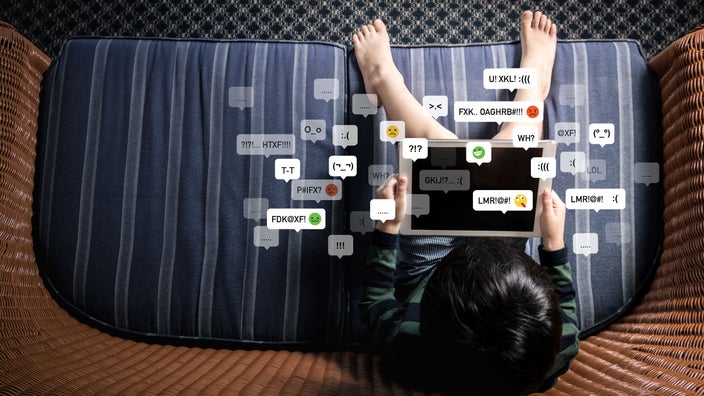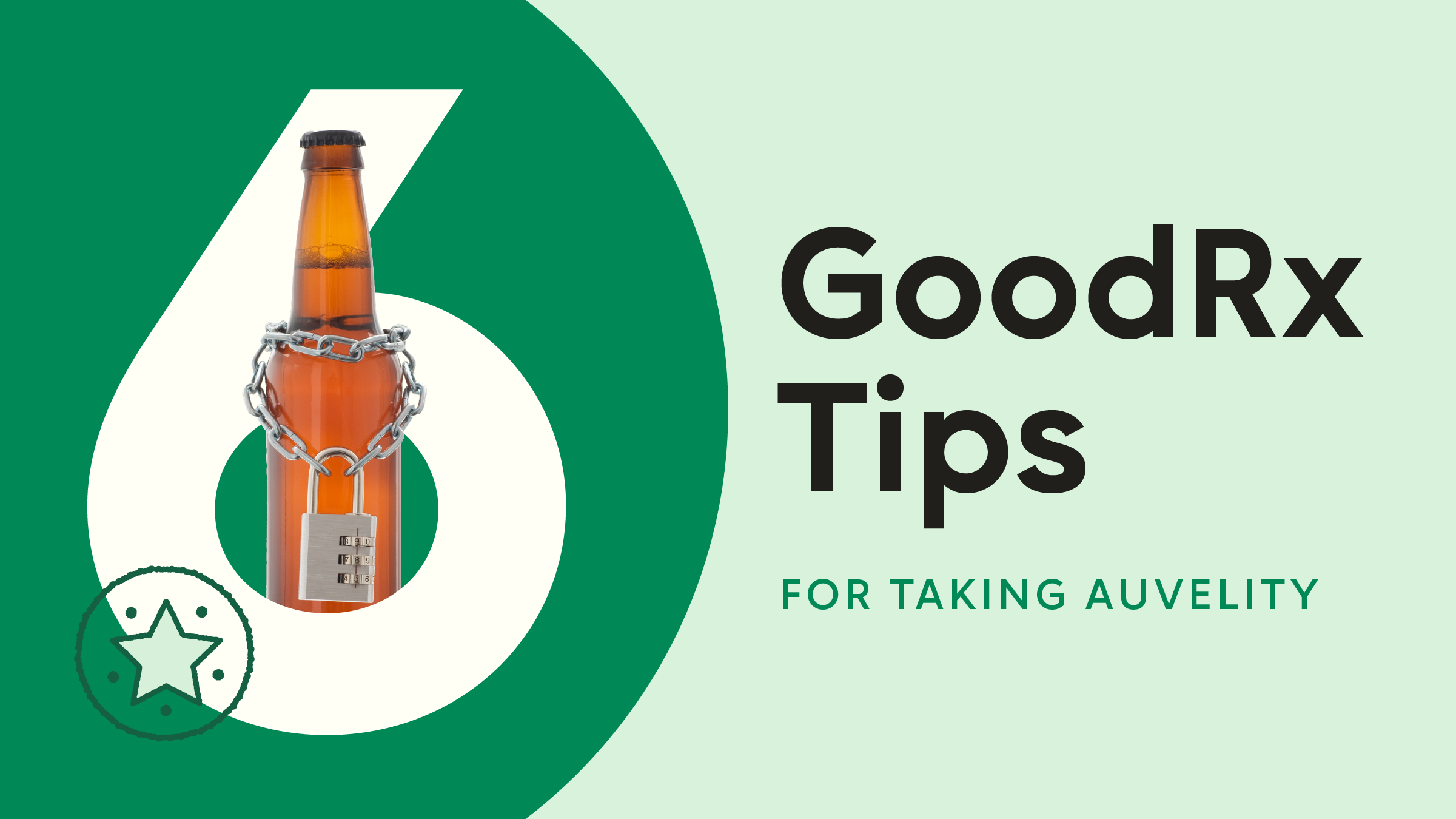
What Every Parent Should Know About Cyberbullying
Key takeaways:
Cyberbullying can cause serious, long-term damage to a child’s mental health. So as a parent, it’s important to teach your child about internet and technology safety.
Put limits on how much time your kids spend online. Make sure you have access to passwords and browser histories.
Sometimes, kids are hesitant to tell adults they’re being bullied. So, let your child know they won’t be in trouble if they find themself in an unsafe situation online.

Children can be victims of cyberbullying anytime, anywhere. Whether via text, social media, or online gaming, the harm caused by cyberbullying can have serious consequences.
As a parent or guardian, it’s important to understand the signs and talk to your child if you have concerns. Together, you can come up with a plan to keep them safe online.
What is cyberbullying?
All bullying involves purposeful, repeated actions, or words meant to hurt another person. But when someone uses technology to inflict this type of harm, it’s called cyberbullying.
Cyberbullying can occur in many places, including:
Social media
Cell phones
Email
Computers
Live video gaming
Online forums
Bullying isn’t a new phenomenon. But what’s changed drastically is the amount of access bullies have to victims.
Because of computers, smartphones, and social media, kids are no longer removed from bullies once they leave school for the day. Because when people use technology to harass or harm someone, it can happen anytime.
What are some examples of cyberbullying?
Examples of cyberbullying can include things like:
Name-calling or making threats on social media platforms, like Instagram, Facebook, Snapchat, or TikTok
Threatening to share private images or information to blackmail someone
Spreading rumors or sharing sensitive information via text or email
Posting sensitive information or photos to forums, chat rooms, or digital communities, like Reddit
Engaging in harassment during live person-to-person gaming
How common is cyberbullying?
Recent research shows that about 46% of middle and high school students are victims of cyberbullying. These students say that this usually involves someone posting rumors or hurtful comments about them online.
And in light of the uptick in internet use following the COVID-19 pandemic, cyberbullying is on the rise. This is especially concerning because in some severe cases, cyberbullying has been linked to suicide.
Of course, suicide is rarely the result of a single factor. But raising awareness of the damaging effects of cyberbullying can help keep children and teens safe.
If you or someone you know is having suicidal thoughts, contact the 988 Suicide & Crisis Lifeline by dialing 988 on any phone.
What are the signs of cyberbullying?
You know your child best so you’re the person most likely to notice when something isn’t right. If your child shows any of the following signs, it could mean they are dealing with cyberbullying:
Frequent unexplained illness in the morning before school and requests to stay home
Disinterest in social activities they used to enjoy
An abrupt change in their friend group or spending more time alone
Hiding their cell phone or closing the computer screen when you enter a room
Emotional changes (like sadness, anger, or irritability), especially following the use of technology
Physical changes like loss of appetite, fatigue, or aches and pains
A decline in their academic performance
WHAT TO READ NEXT
What are the health effects of cyberbullying?
Like other forms of bullying, the effects of cyberbullying are damaging and long-lasting. Research shows that victims of cyberbullying are at higher risk for symptoms of major depression. This includes feelings of sadness, hopelessness, and powerlessness.
Cyberbullying often happens anonymously, leaving victims unsure who is harming them. Since they don’t know who they can trust, victims may pull away from friends and loved ones. They often report having fewer friends, less connection to their school, and trouble trusting others.
What can you do to prevent cyberbullying?
Throughout your child’s life, it’s essential to talk about safety, including staying safe online. Make sure your child knows the rules about technology use in your home. This can include:
Sharing passwords and being “friends” with your child on social media
Specifying which apps are OK and which shouldn’t be used
Updating privacy and location settings so that only the people your child knows and trusts can see their content
Placing boundaries on when and how your kids use their phones (e.g., limiting phone use in bedrooms or at the dinner table)
Always make sure you know who your child is communicating with on the internet and on their phones. Many kids are hesitant to report bullying to an adult because they worry it could make things worse.
But remind your child that they won’t get in trouble if they find themself in an unsafe situation online. Let them know that you care about their safety and will be there to help.
What to do if your child experiences cyberbullying
If your child shows any of the above signs, remind them that what’s happening isn’t their fault. Let them know that while they’re probably hurt, angry, or scared, retaliating can make things worse. Instead, focus on co-creating a plan to keep them safe.
Make sure your child blocks the bully and help them make a report if necessary. You may even want to ask your child to take a technology break to focus on things that lift their spirits.
If you take these steps and things don't improve, you may need to get other people — like teachers — involved. In severe cases, you may need to engage law enforcement since cyberbullying can have legal consequences. Take some time to familiarize yourself with state laws in your area that could offer some additional protection.
The bottom line
Technology certainly has a dark side. But, it also keeps us connected to loved ones and provides a world of information at our fingertips.
As a parent, it’s important to talk to your children about enjoying technology safely. Set age-appropriate limits and make sure you consistently keep an eye on your child’s digital devices. Maintain open lines of communication and learn the signs and symptoms of cyberbullying.
But most importantly, let your child know they can always come to you if they feel unsafe.
References
988 Suicide & Crisis Lifeline. (n.d.). Home.
Cyberbullying Research Center. (2018). Cyberbullying warning signs.
Cyberbullying Research Center. (2021). Cyberbullying victimization.
National Institutes of Health. (2022). Cyberbullying linked with suicidal thoughts and attempts in young adolescents.
Nixon, C. (2014). Current perspectives: The impact of cyberbullying on adolescent health. Adolescent Health, Medicine and Therapeutics.
Schneider, S. K., et al. (2012). Cyberbullying, school bullying, and psychological distress: A regional census of high school students. American Journal of Public Health.
StopBullying.gov. (2021). What is cyberbullying.
StopBullying.gov. (2022). Laws, policies & regulations.
For additional resources or to connect with mental health services in your area, call SAMHSA’s National Helpline at 1-800-662-4357. For immediate assistance, call the National Suicide Prevention Lifeline at 988, or text HOME to 741-741 to reach the Crisis Text Line.





